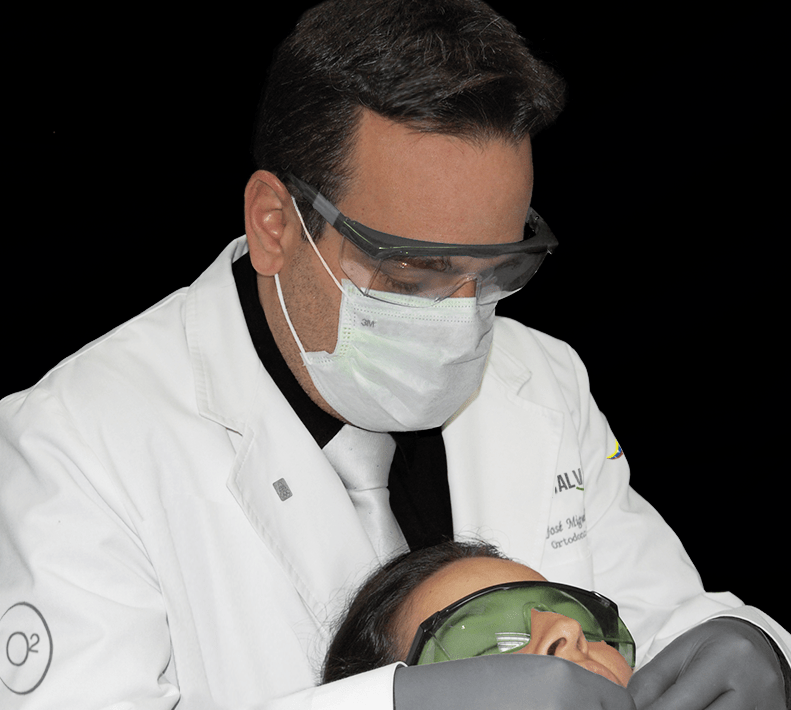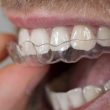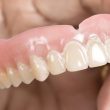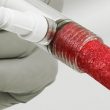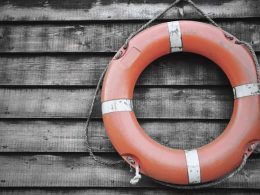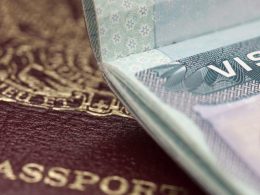Table of Contents
Currently, health tourism can be defined as the process of traveling outside the country of residence to receive medical care, generally induced by economic factors. As a general rule, medical and dental treatments in developing countries are much cheaper than in the “first world”.
But believe it or not, since ancient times people have traveled to other places and regions in search of improving their health, although possibly for reasons other than prices.
In the first civilizations of India, China, Mesopotamia and Egypt, medical or health tourism mainly manifested itself as the peregrination of people to sacred temples to take medicinal and thermal baths.
Around 4,000 B.C., many people made pilgrimage trips to Mesopotamian temples to be diagnosed with their illnesses, and then traveled to Sumer for treatment at its health centers, which were usually around its thermal waters.
Medical Tourism in Ancient Greece and Rome
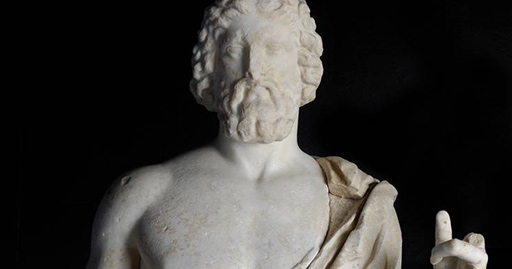
– Asclepius, the great god of medicine –
The first recorded history of medical tourism is that of travelers from Greece who left via the Mediterranean Sea to Epidaurus, a small territory in the Saronic Gulf. That territory was said to be the sanctuary of Asclepius, known as the god of healing in Greek mythology. The “medical tourists” of the time received care in the form of hot baths, healthy food, and red wine.
In ancient Rome, thermal baths were used for medicinal purposes. But with the expansion of the Roman Empire over more than 1,000 years of history, pilgrims, diplomats and kings from many corners of the ancient world; came to the Mediterranean in search of medical advice and health treatments.
Health Tourism in the Arab, Persian and Islamic World
During the 7th and 8th centuries A.D., various Arab tribes spread from the Arabian Peninsula to the Pyrenees and India.
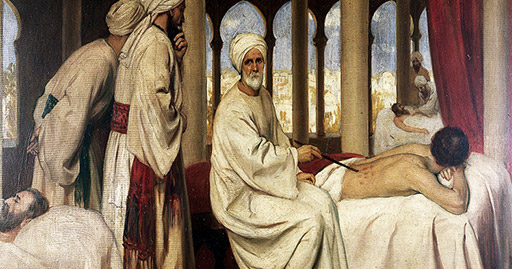
– Doctors of Islam, the great healers of their time –
Islamic civilization contributed much to medicine, and early on it developed a system for the medical treatment of foreigners in specialized facilities. Most likely, the idea of creating hospitals is one of the most outstanding contributions of Islamic medicine.
Mansuri hospital was the most important medical tourism center in that part of the world and was built around the year 684 by king Qalawun. Its facilities included operating rooms for surgery, a department for treating eye diseases, and pharmacy. It also offered sections of the infrastructure exclusively for women, a library and numerous conference rooms.
The Japanese Onsen
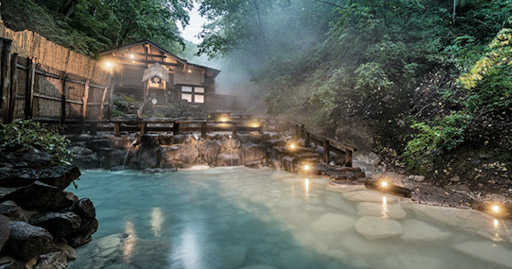
– Dogo, Hondani, Kawauchi, Minara and Nibukawa are some of the best known Onsen –
Because Japan is in the Pacific ring of fire and is a volcanically active island, it is common to find in many of its regions thermal waters that emerge from the depths of the earth, which are rich in minerals and have healing properties. These thermal waters are known as Japanese Onsen and since the 12th century they have been used in the treatment of pain, arthritis and wound healing; among other healing properties.
Currently, various scientific studies support the healing and therapeutic properties of these mineralized waters. That is one of the most powerful reasons why the Japanese Onsen continues to attract significant numbers of visitors from all corners of the globe.
Health Tourism in India
The history of health tourism in India is strongly related to the popularity of yoga and ayurvedic medicine. Since the birth of yoga more than 5,000 years ago, India has had a permanent influx of travelers in search of healing, both physical and spiritual.
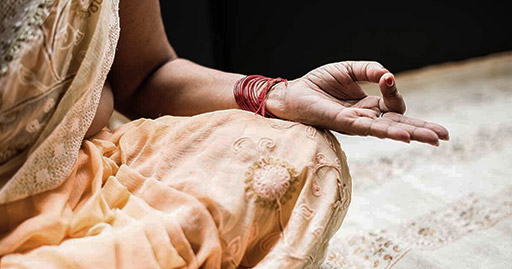
– Yoga is a Hindu philosophical doctrine of the followers of Brahmanism that is based on ascetic practices, ecstasy, contemplation and absolute immobility; to reach the state of spiritual perfection and the beatific state –
Its contributions in the field of medicine were surprising and abundant, among which we find the development of more than a hundred surgical instruments such as blades, knives, lancets, needles, tweezers for the extraction of teeth, probes, suction cups and bandages; among many others.
In addition, the hindus developed the field of surgery in an extraordinary way, highlighting the treaties of Charaka Samjitá and the Susruta Samjitá. These treaties describe, among other procedures, the practice of cesarean section, some types of plastic surgery, cataract surgery, cleft lip correction, and removal of bladder stones. To perform the surgeries they used the powerful drug sammohini, which left the patient unconscious.
Although western medical advances have captivated the health sciences around the world, India has always preserved that essence of spirituality of the healing arts, which is why it is considered the main point of reference for practitioners of alternative medicine.
European Sanitary Tourism During and After the Renaissance
During the Renaissance period, there was not only an enormous development of art and culture in Europe. It was also a period when health tourism flourished.
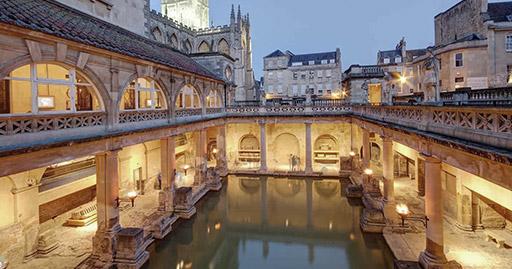
– Bath, the historic city of thermal baths –
In the 16th century, the rich and the European elite rediscovered Roman baths and they flocked to touristic cities with health resorts as St. Mortiz, Ville d’Eaux, Baden Baden, Aachen, and Bath in England. The word “spa”, derived from the Roman term “salute per aqua” or health through the waters, was used for the first time at that epoch.
The city of Bath enjoyed royal patronage and became the ideal place for recreation and well-being for the rich and famous. In 1720, Bath became the first city in England to have a sewer systems and was more developed than London for many years. Its roads were paved, the streets had lights, and many hotels and restaurants sprang up. In general, the city was beautified, and all thanks to medical tourism.
The trend of traveling to health resorts, beaches and spas continued in Europe during the 18th, 19th and 20th centuries; mainly to sunbathe, breathe fresh air and have a good time. Today, tourists continue to flock to these places in search of relaxation, fun and health.
Health Tourism in the New Continent
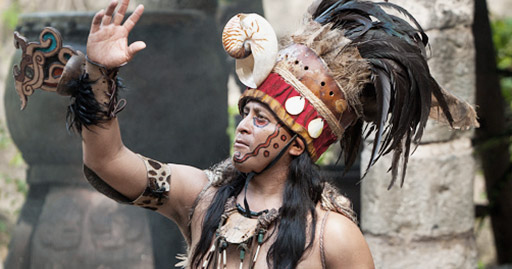
– Aboriginal healer showing off his supernatural powers –
The American aborigines had important knowledge about medicine long before the arrival of the conquerors. For example, the aztecs knew about seventy diseases and had treatment for all of them. Therapies consisted of using the healing properties of animals, plants and minerals.
In addition, as warrior peoples, they had reached an important development in the field of surgery. They used plant extracts to numb wounded warriors during operations and sewed the wounds with hair.
Even today, in many towns of America; healers, shamans and herbalists are respected and enjoy high credibility. These people are generally amerindian descendants who practice ancestral medicine through the use of plants, amulets, prayers, and orisons. They even boast of affirming that they heal with magical procedures or using, supposedly, supernatural powers.
Medical Tourism in Ancient China
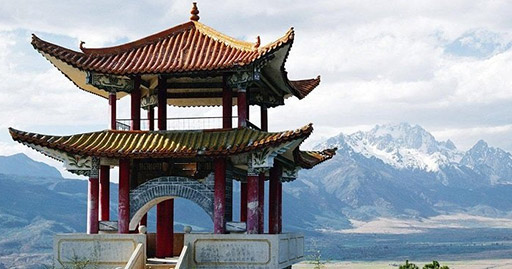
– China: a thousand-year-old culture –
To understand the origins of traditional Chinese medicine, it is first necessary to know the foundations of its culture, which is strongly influenced by the currents of confucianism and taoism.
Confucianism began to develop in the 6th century B.C., a philosophy within which the family and the human body are sacred and untouchable, and moral standards are very strict.
Given this, Chinese medicine evolved differently from western medicine, that is, respect for the human body did not allow the evolution of surgery or the practice of studies on cadavers; and consequently, a type of non-invasive medicine was developed. .
Taoism appeared around 571 B.C., a current that believes that acting in accordance with nature increases physical resistance, prevents disease and delays aging. The figure of the Tao is described as two opposite and complementary forces: Yin and Yang. According to this, people get sick from imbalances, either due to excess Yin and insufficient Yang or vice versa.
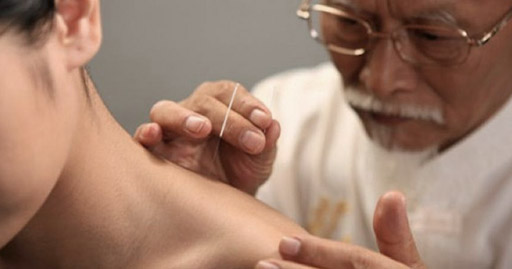
– Acupuncture consists of the introduction of very fine needles in certain points of the human body to relieve pain, anesthetize some areas and cure certain diseases. –
The treatment of diseases in traditional Chinese medicine includes acupuncture, moxibustion, use of cuppings, massages or tuina, herbal medicine, diet therapy, Tai Chi and Qi Gong. Since ancient times, millions of people have traveled to China in search of medical treatments using herbs, massages, healthy eating and acupuncture.
Health Tourism in Our Times
In summary, we can conclude that health tourism is not a new phenomenon, because since ancient times people have traveled in search of improvement, care and healing; both of the body and the mind.
They highlight the healing properties of water as a powerful source of attraction for health tourists in the ancient world; such is the case of Rome and Greece, the Japanese Onsen and the European dynamics of the middle ages. Also, health tourism to India and China stands out, since these ancient travelers sought the balance between body and mind through yoga, ayurvedic medicine, acupuncture and Tai Chi; among others.
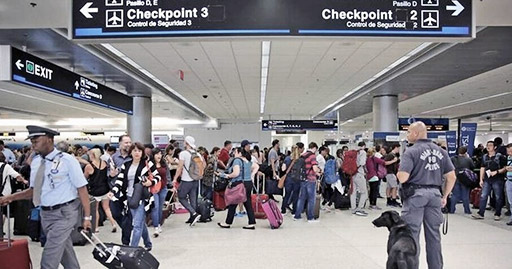
– Every year, according to the Medical Tourism Association (MTA), about 14 million people in the world travel to other countries in search of medical care. An activity that generates a value of between 50 and 70 billion dollars –
But not everything is history and the past. Today, health tourism, and dental tourism in particular; are more frequent than ever, although the motivations of the travelers are completely different.
In general, the tourist of our times no longer looks for magical solutions or miraculous cures. His main objective is to get better offers outside his borders, good clinics and prices that allow him to access specialized, extensive or complex treatments; of very high cost in his country of residence.
Consequently, the current flow of travelers is generated in the 5 continents, and tends to go from the most developed countries to those of emerging economies, where operating expenses and professional fees are considerably lower.
“In Some Cases, Just by Crossing Into a Bordering Country, It Is Possible to Save Huge Amounts of Money on Medical and Dental Treatments”.
DENTAL TIP
Take Care of Your Health by Saving Money!
DENTAL VIP has years of experience in helping patients get the best possible treatment at the best possible price, by travelling to Venezuela for their dental makeover. Whether you wish to rule out any oral injury, have a biopsy, undergo maxillofacial surgery or rehabilitate your entire mouth, it is amazing how much can be done in a short space of time with the right dental team and technology.
If you have never travelled to Caracas before, we can quite literally organize your whole dental trip. From your initial quotation, sourcing your flight tickets and hotel along with getting you to DENTAL VIP to undergo your treatment and back to your hotel again. It is our job to make this easy for you, just as we already have for hundreds of patients across the globe.
Being the largest facilitator of dental treatment in Venezuela, we are known in the industry for our quick and professional response. Get in touch today via WhatsApp +58 414-9033547, social networks or Email to find out how we can help you regain your health and achieve the confident smile you have always wanted.
